The conventional language of architects, landscape architects, planners, geographers, and other spatial practitioners is the scaled drawing—the plan, the map, the section—coded or notated according to specific conventions, built upon the belief that scale is measured, objective, and represents the truth. Whether at the scale of the building, site, city, or territory, we assume that scales are nested into each other. But this assumption also implies a kind of shared geospatial reference point within a site and proposition. Equally, the framing of scaled drawings suggests that all that is needed to understand the image is bound within the frame and legible at the same scale. These presumptions render scaled representations of site as unbiased, able to shift without friction. However, this is both misleading and a missed opportunity to consider the entangled nature of various scales. How might architecture challenge the literalness of scale representation, and understand it as a narrative tool in which to embed the frictions of highly local and territorial spatial stories?
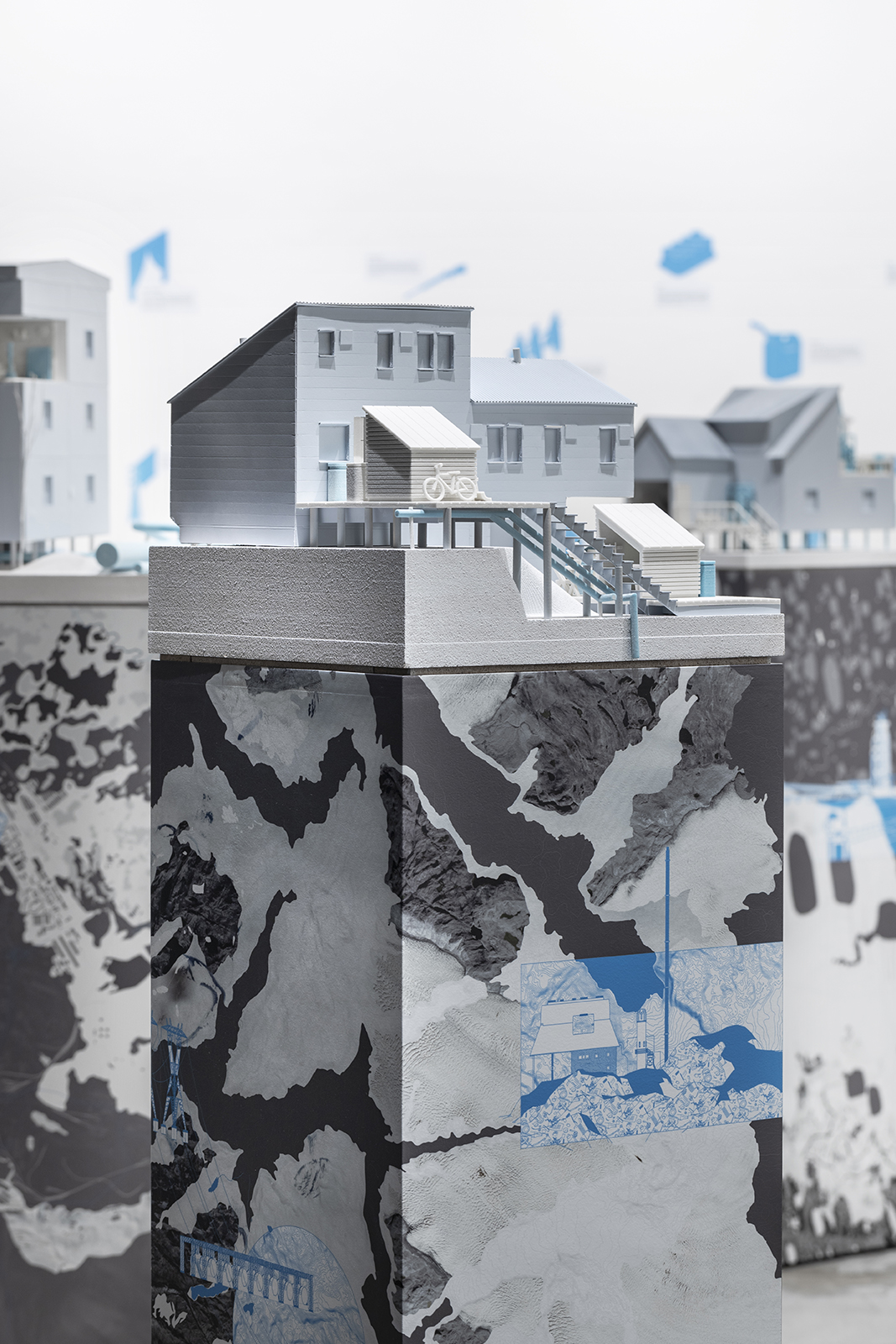

Elastic Scales
A recent project conducted in collaboration with Arctic Design Group, Contested Circumpolar, Domestic Territories (2020–2021), embraces a multi-scalar analysis of ideas of the domestic to understand patterns of living in the Circumpolar world at the territorial and the hyper-local simultaneously. It takes a material culture approach, which traditionally deals with the study of objects, resources, and spaces to understand how they reflect and define different societies. The relationship between people and things enables an understanding of production, consumption, and culture.
In the Arctic, where assertions of sovereignty, colonization, and geopolitical and capitalist forces have had particularly legible impact, the house is not necessarily home but rather imposed and often, in fact, the site of cultural trauma.1 For Indigenous peoples, home not only extends beyond the confines of the house; the land is seen as “home,” and family is “home” while the physical structure of the house often embodies a cultural erasure.2 If we approach housing in the Arctic through a colonial lens—not dissimilar from how cultural theorist Dolores Hayden examined the home through a gendered lens or her contemporary Dianne Harris examined the home through a racial lens—the house becomes a forensic tool by which to understand local histories and serves as a magnifier of forces shaping the larger territory in which both house and home are situated. Furthermore, the history of housing in the Arctic is littered with ill-conceived, colonial, one-size-fits-all solutions largely developed by southern architects unfamiliar with the regions for which they designed. Most models of housing have been imposed by the state, whether to support resource extraction or to promote sovereignty through forced relocation or new settlements. In each instance, the architectural focus of the home is reduced to a basic shell protecting against climate but failing as a cultural and social interface situating domestic space within territorial space. Housing in the Arctic mirrors and crystalizes the complexities of the Circumpolar North. It is caught between notions of the local and the global, between Indigenous and colonial practices, between self-build and mass prefabrication. There appears to be no middle condition between these extremes. The objects which populate the domestic often represent the one realm in which residents retain agency over their environment. The expression of the domestic can be seen as a form of critical resistance; the manifestation of local cultures percolating up despite the orthodoxy and colonialism of so much of Arctic architecture.3 Contested Circumpolar seeks to collapse the space between the room and the region. By linking domestic space to territorial space, a contemporary Arctic vernacular is revealed.
As authors of the project, we are not from the Circumpolar regions and hence relied on interviews with local residents and planners, travel and first-hand observations, documentary films, and photographs by others, as well as analytic drawings at various scales. The collected research synthesizes these spatial stories into three-dimensional models which document the spatial connections between the domestic and territorial scale. (FIGS. 1–2) Conceived like core-samples, eight stories of contested domestic and territorial inhabitation are told, one for each of the eight Circumpolar Nations. While in no way comprehensive, the three-dimensional models describe stories of inhabitation, movement, relocation, destruction due to climate change, housing inequality and over-crowding, but also celebrate local ingenuity, cultural and spatial practices of food, daily life, and community gathering, amongst others. The domestic-scaled models are conceived as X-rays into key spaces of houses. Specific objects highlight local adaptations which deal with the specificity of arctic climate, remoteness, environment, or which are expressions of local culture. The model podiums describe territorial infrastructures, landscapes, and geopolitical forces shaping each community.
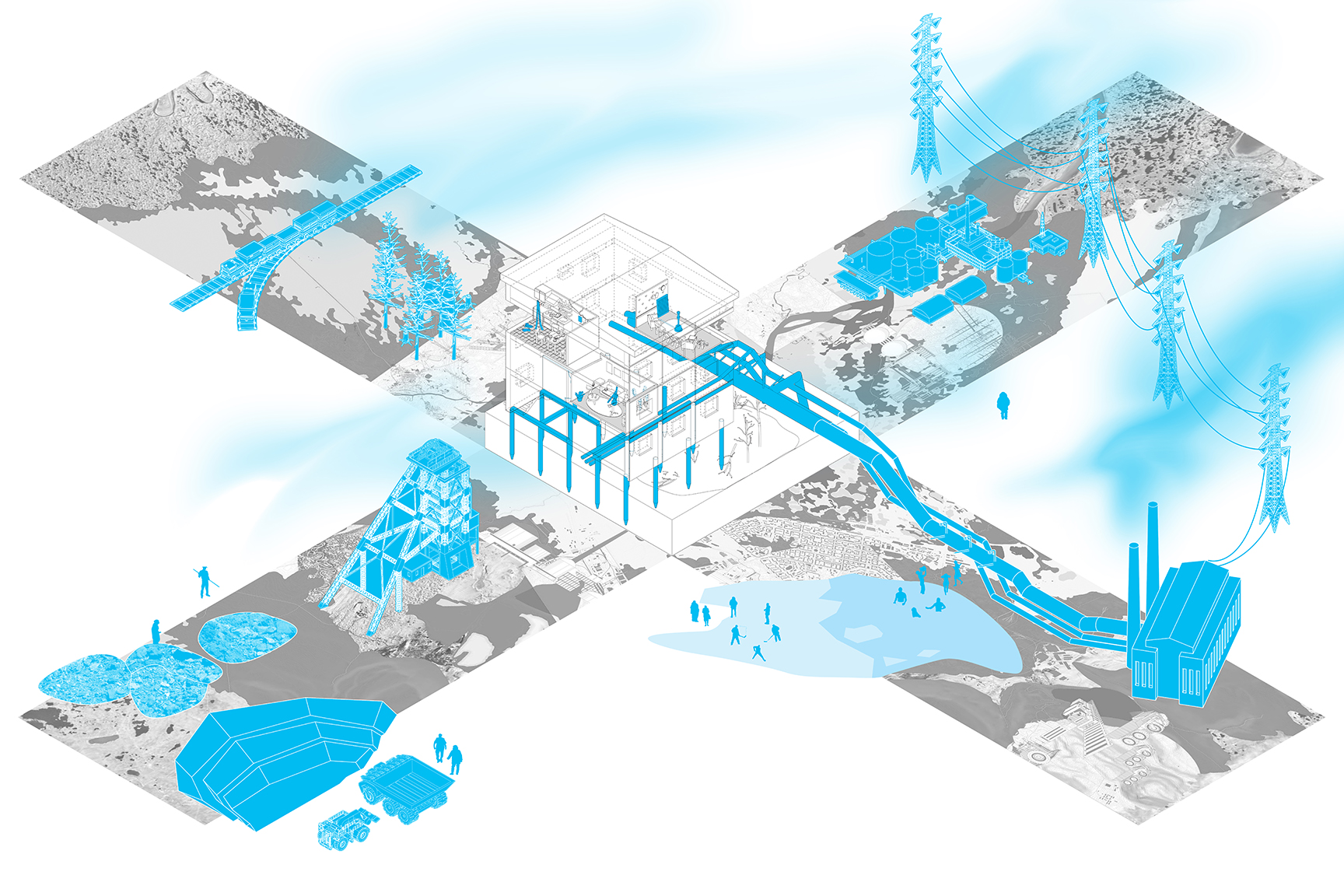
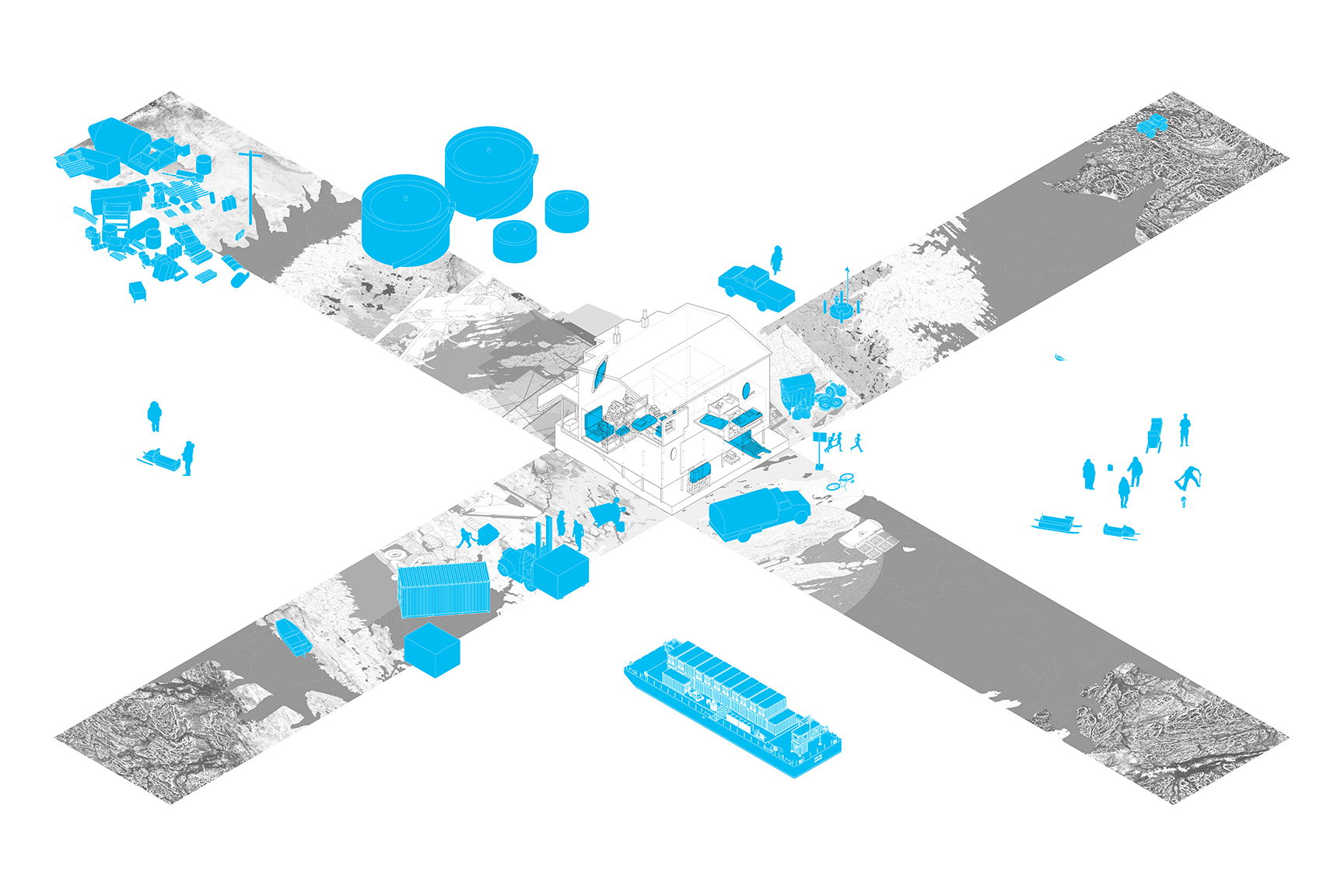
The elastic scale between the domestic and the territorial is, for instance, visible in Norilsk, Russia, where the Khrushchyovka apartment block was deployed with almost ruthless efficiency across the city, its now aging concrete panels and foundations slowly cracking and failing. (FIG. 3) To combat the long dark winters, grim urban conditions, and evident ecological ravages, residents maintain artificial lights and greenhouses in their apartments synthetically reproducing natural environments indoors. Everywhere in the surrounding landscape, one is reminded that life in Norilsk exists for the sole purpose of nickel extraction. Both the Khrushchyovka apartments and the mines are supported by a complex network of pipes, rail lines, and electrical grids which traverse an ecologically ravaged landscape.
In Iqaluit and other Nunavut communities in Canada, on the other hand, a metaphorical X-ray into a typical housing unit reveals severe over-crowding: bedrooms strewn with mattresses, sustaining more residents than ever intended. (FIG. 4) Fuel and water tanks adjacent to the house are infrastructurally tethered to
the fuel tanks and water reservoirs outside of town while snowmobiles remind one of the critical importance to Nunavummiut of going out onto the land.
In Inari, Finland, the evidence of Indigenous ingenuity is legible in various domestic adaptations such as the repurposing of old boats for temporary shelter, the craftmanship of particular cooking tools from local wood, and the transformation of sleds. (FIG. 5) These adaptations are part of a long tradition of being on the land. Simultaneously, the local ecology is under threat from rail lines built to support ever-encroaching mineral extraction, a reminder of the friction of global capitalism on the hyper local.
In a context where so much of daily life happens either in the home or out on the land, Contested Circumpolar, Domestic Territories exposes the linkages of near and far, the local and the global, as sites of colonial contestation and Indigenous sovereignty, and seeks to reveal an elastic middle scale. (FIG. 6)

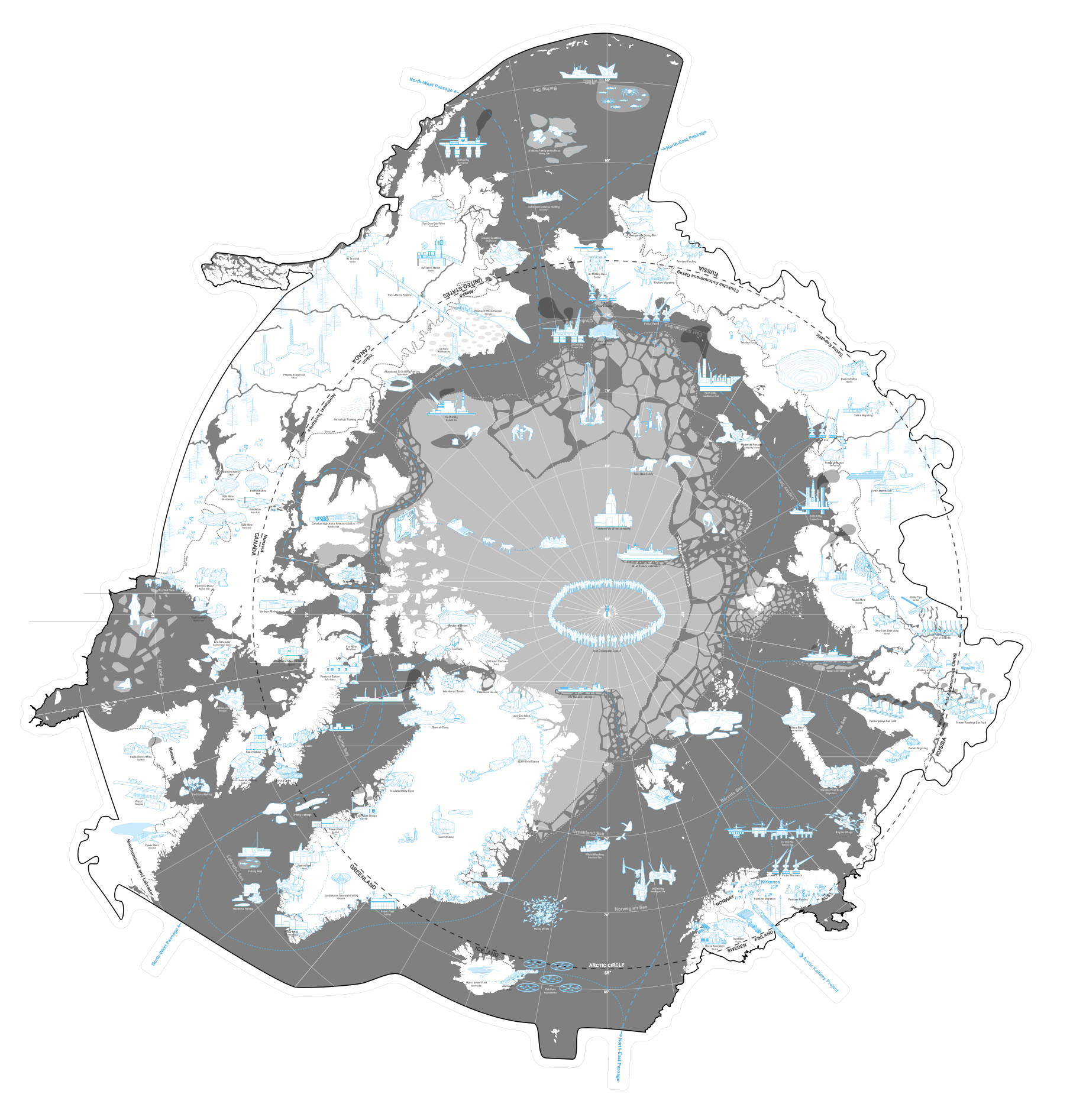
Non-Nested Scales
Urban theorists such as Neil Brenner have argued that we have entered an era of planetary urbanization, where “the urban can no longer be understood with reference to a particular ‘type’ of settlement space, whether defined as a city, a city-region, a metropolis, a metropolitan region, a megalopolis, an edge city, or otherwise.”4 One can no longer distinguish between densely populated urban regions and less densely settled zones of a region, nor between a territory, a continent, or the global. We see an argument that city, region, and territory are no longer embedded each in the other, but rather, work in elastic ways, such that the urban and the global are one. To embrace design in elastic and non-nested scales might offer an ability not only to understand global and territorial networks, but also to envision productively disruptive local interventions.
Our global electronic production, consumption, and waste are one embodiment of these territorial processes and networks.
Our project, States of Disassembly (2017), followed the trail of impact of electronic waste at multiple scales. The premise of the research was to identify how these scales were co-planar rather than nested within each other. In addition, the research reveals the spatial politics of e-waste through extraction, corporations, and current waste logistics. This was undertaken at three non-nested scales using a counter-drawing technique. The impact of electronic waste globally offers three vantage points from which to observe the e-waste cycle: at the scale of the planet, the territory, and the product.
The largest scale reveals an archipelago of nations that are the primary consumers, distributers, and managers of e-waste. (FIG. 7) It identifies their co-dependence and distribution systems. The next scale reveals fragmented territories and regions that have become intertwined in the management processes of e-waste. (FIG. 8) This scale shows toxicity and labor practices. The smallest scale is of the product and its rare earths and metals. The drawing serves as a reminder that each electronic consumer object embodies a vast network of material resources emerging from toxic landscapes and nefarious labour practices. (FIG. 9) Each scale of e-waste reveals both the accumulation of objects and the formation of a distinct socio-political realm. Each of these collections represents a strata of our consumption habits. As discarded e-waste migrates in search of a place to rest, it adheres to any carrier. Each scale exposes political and ecological complexities as well as an embedded toxic colonialism.
Rather than addressing the challenges of electronic waste streams through engineered solutions, States of Disassembly posits new public spheres—new architectures that offer a celebration of the act of disassembly. While not tied to a specific geography, the projects engage the nations of the Global North who have long displaced the impacts of their industrial consumption onto other nations. Situated in city centers, on the peri-urban edge, and in urban hinterlands, the projects are underpinned by a desire to make our collective footprint on the globe more legible and tangible, such that they might incite new actions locally. States of Disassembly considers how new typologies could activate localized commons, activate new publics, while fitting into global networks.
To embrace elastic and non-nested scales is to revel in, and reveal, the political, social, and economic frictions which exist as domestic and urban intertwine with the territorial and global. The projects presented here attempt to negotiate these scalar paradigms, attempting to think ambitiously at the scale of the territorial or the global while intervening within the specificity and constraint of the local.
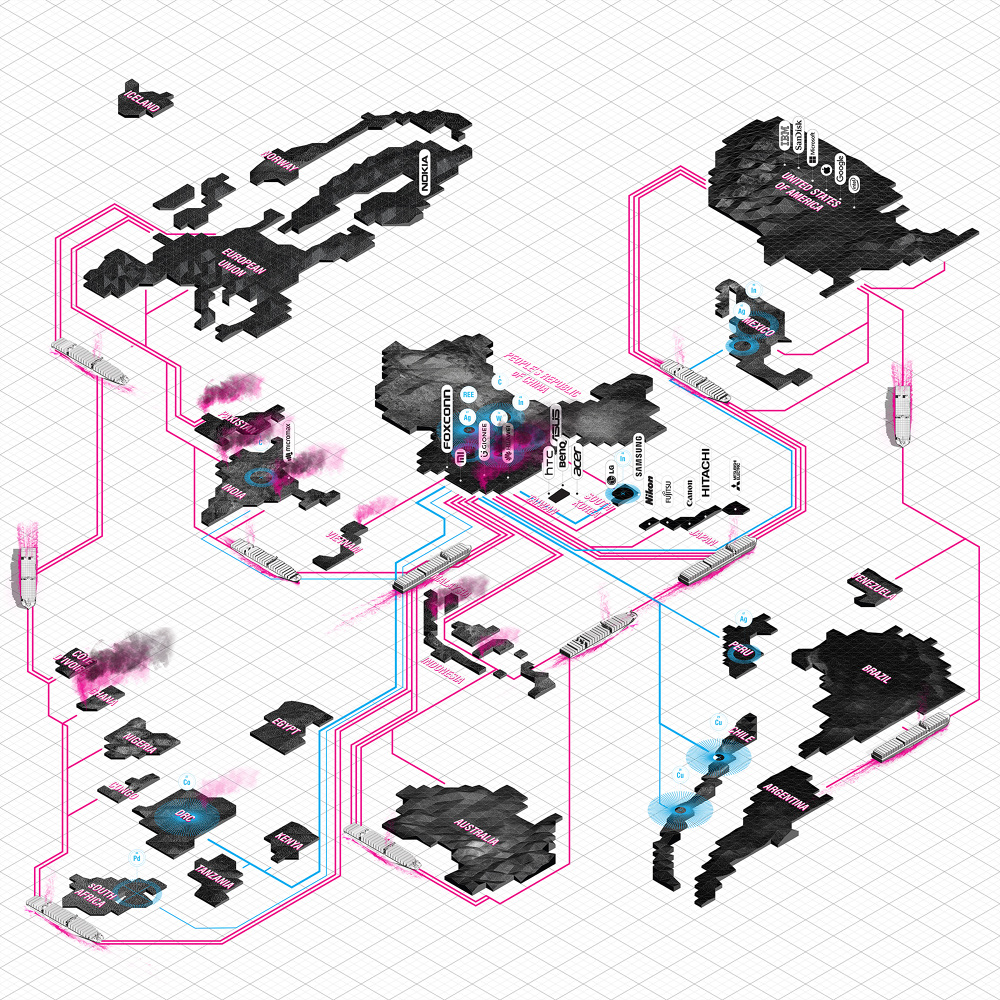
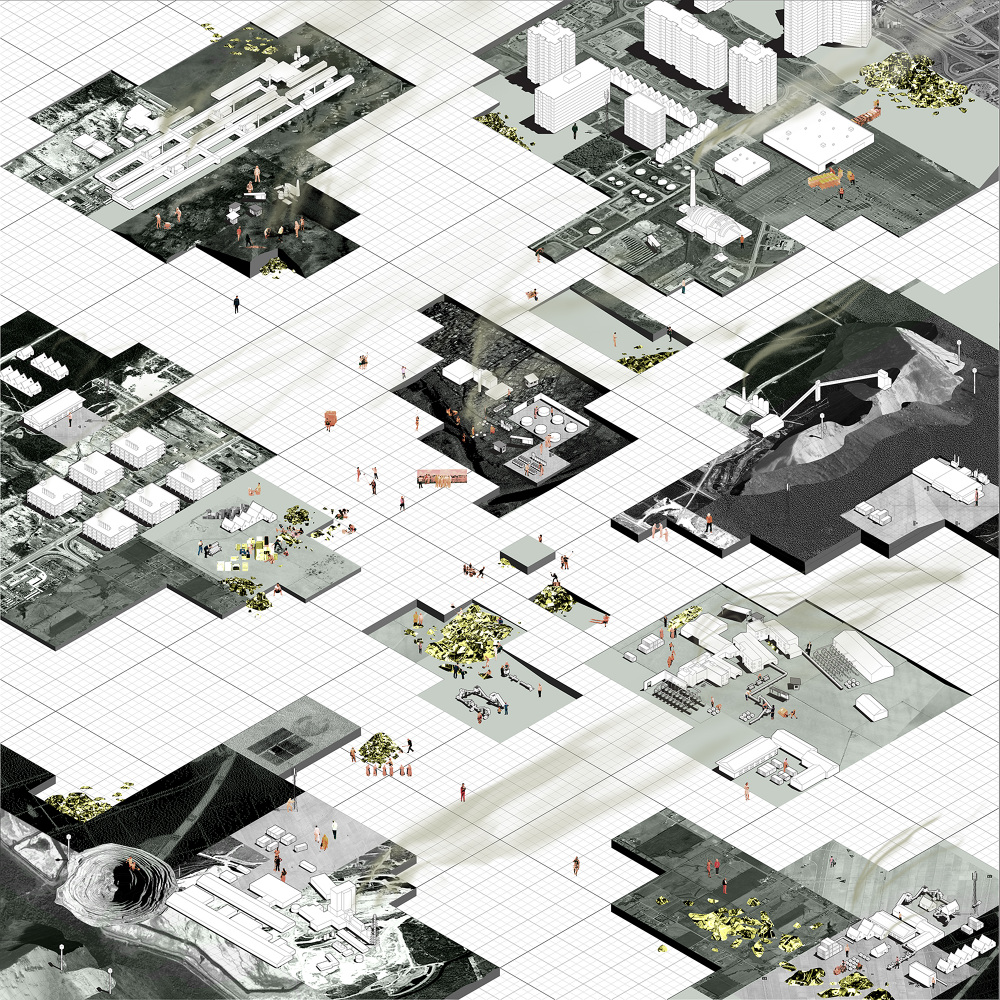

This text has been excerpted from forA issue #1: Frictions. To read the full essay, purchase the journal here: https://birkhauser.com/books/9783035628517
Lola Sheppard and Mason White are architects and educators whose design research explores the role of architecture in rural and remote regions. Their work embraces the multi-scalar and non-scalar design thinking required to operate in these culturally and geopolitically complex regions while seeking the potential for emerging typologies that negotiate the frictions and intricacies of the local and global. Much of their research and design work is done in collaboration with Inuit and First Nations communities. They are co-founders of Lateral Office, based in Toronto. Lola teaches at the University of Waterloo and Mason teaches at the University of Toronto.